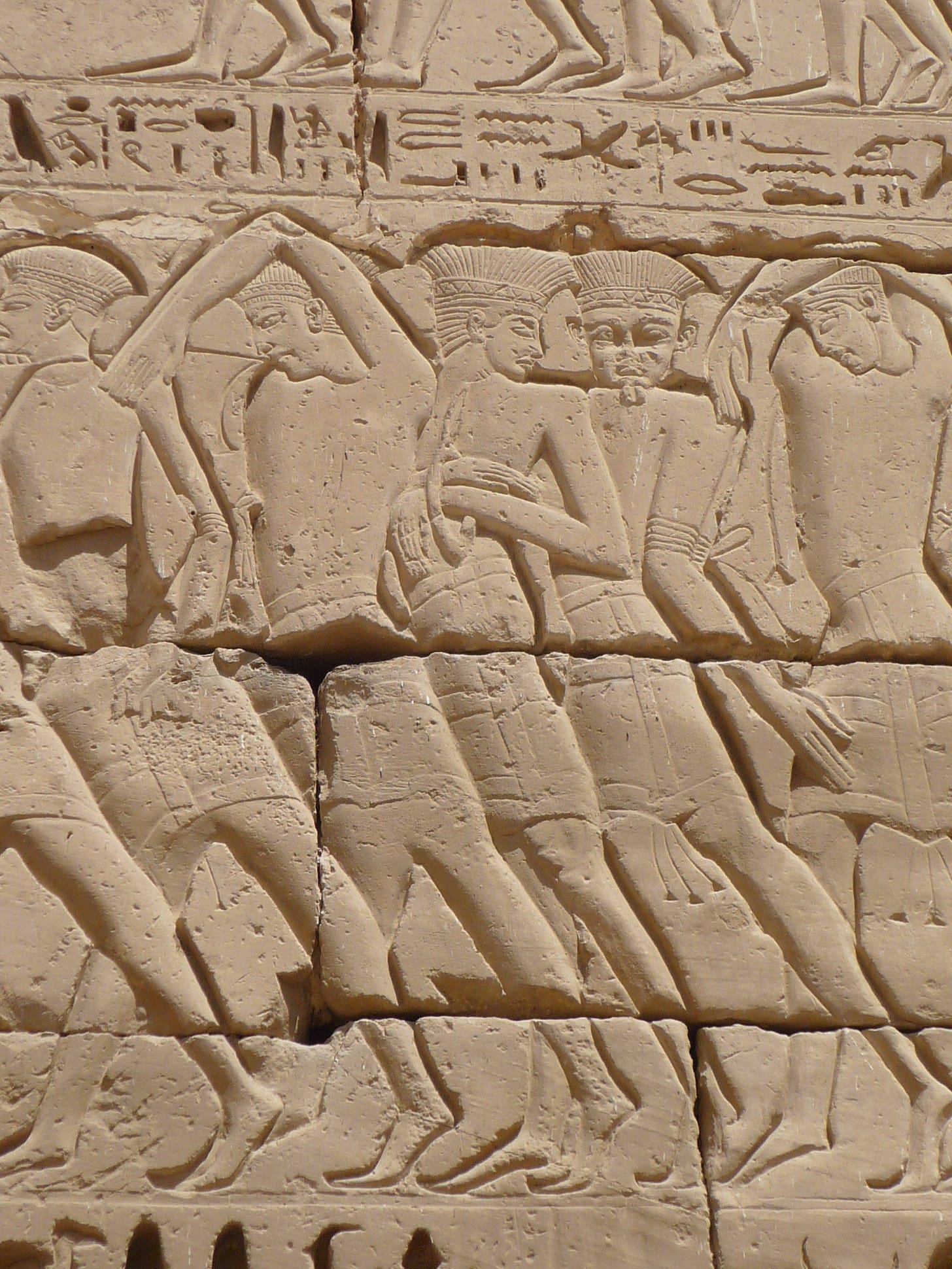In Search of the Origins of the Philistines
Premium Article
By Petros Koutoupis
They would be immortalized as ancient Israel’s worst enemy in the scriptures of the Old Testament. They are the Philistines. Much like the ancient Israelites, the Philistines were strangers to the foreign land of Canaan. Although to date, their origins still remain a mystery. From where did they originate prior to their settlement in Canaan?
The Old Testament may shed a bit of light on this question. It is recorded in both the books of Genesis and Amos that the Philistines were from Caphtor.
Gen. 10:14 ...the Pathrusim, the Casluhim, the Caphtorim, whence the Philistines came forth.
Amo. 9:7 ...But also the Philistines from Caphtor...
Caphtor, also known as Kaptaru or Kaptara in ancient Akkadian sources and Keftiu in ancient Egyptian sources has been generally accepted by modern scholars to be the island of Crete situated in the southern region of the Aegean Sea.[1] Despite these Biblical references providing us with an answer, it beckons the follow-up question: “How credible of an answer is it?”
Some of our earliest references to the Philistines can be traced as far back as the 12th century BCE in ancient Egypt. It is from an inscription located at a mortuary temple in Medinet Habu, situated on the western side of Thebes in Egypt. Dating to approximately 1150 BCE and commissioned by the Pharaoh Ramesses III, the inscription speaks of the battle and defeat of a confederation of Sea Peoples.
In the ancient Egyptian hieroglyphs, the inscription specifically identifies an ethnic group from within this confederation and in opposition to the Egyptians called the P-r-s-t which phonetically renders to the Peleset.[2] This is synonymous to the Hebrew ethnic term given to these same peoples of Pelishtim; that is, the Philistines. The inscription continues to state that after their defeat in the battle that took place in Nile delta region, the Egyptian Pharaoh resettled the Philistines in the land of Canaan to the East. The Philistines would then thrive in this region and establish their Pentapolis; that is, the five sites of Gaza, Ashkelon, Ashdod, Ekron, and Gath.[3] The inscription of Ramesses III provides yet another valuable resource to these Philistines and that is, a clear image of their appearance.
Keep reading with a 7-day free trial
Subscribe to Digging Up The Bible to keep reading this post and get 7 days of free access to the full post archives.




